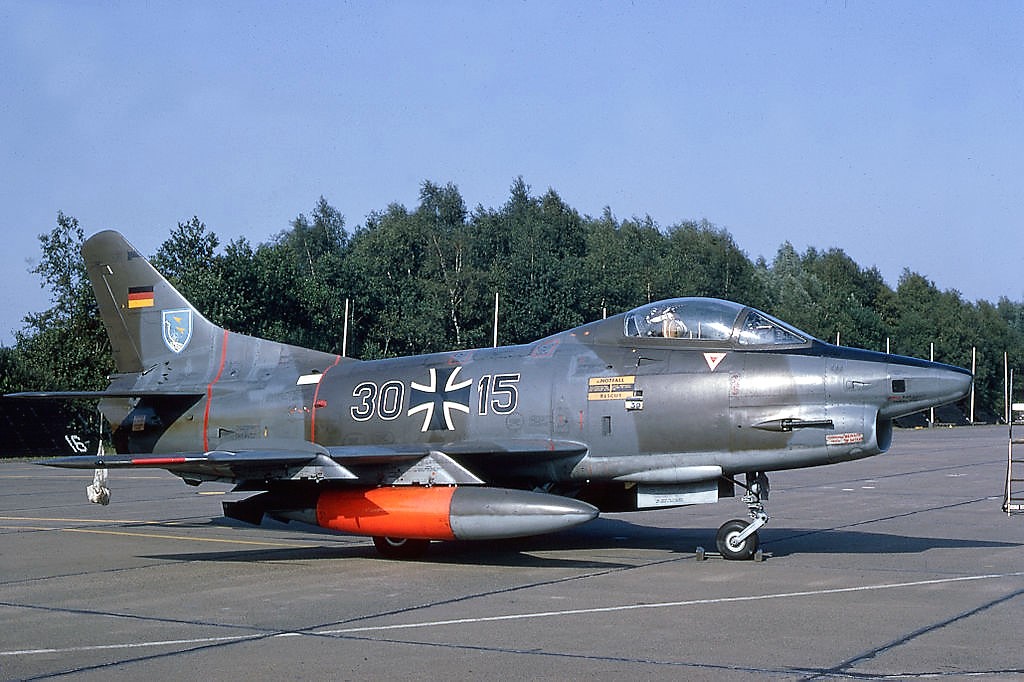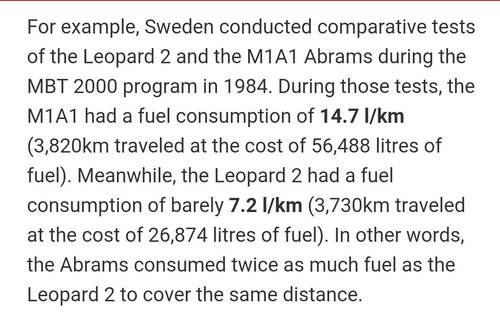If only the Fiat G.91 competition (whatever was its name, NBRM or LWF) had not been such a farce... the better aircraft winning an honest victory would, somewhat, help sales to NATO members... while Dassault was a dickhead vis a vis international cooperation, Breguet was a polar opposite. A TAON win, followed by a naval variant in place of Etendard IV, could put the company back on the right track at the worst moment for Dassault
"goddam it, I crushed the public companies into oblivion and De Gaulle has now accepted the fait accompli - and that's freakkin' Breguet come back from the grave to provide a private competitor to myself ?"



